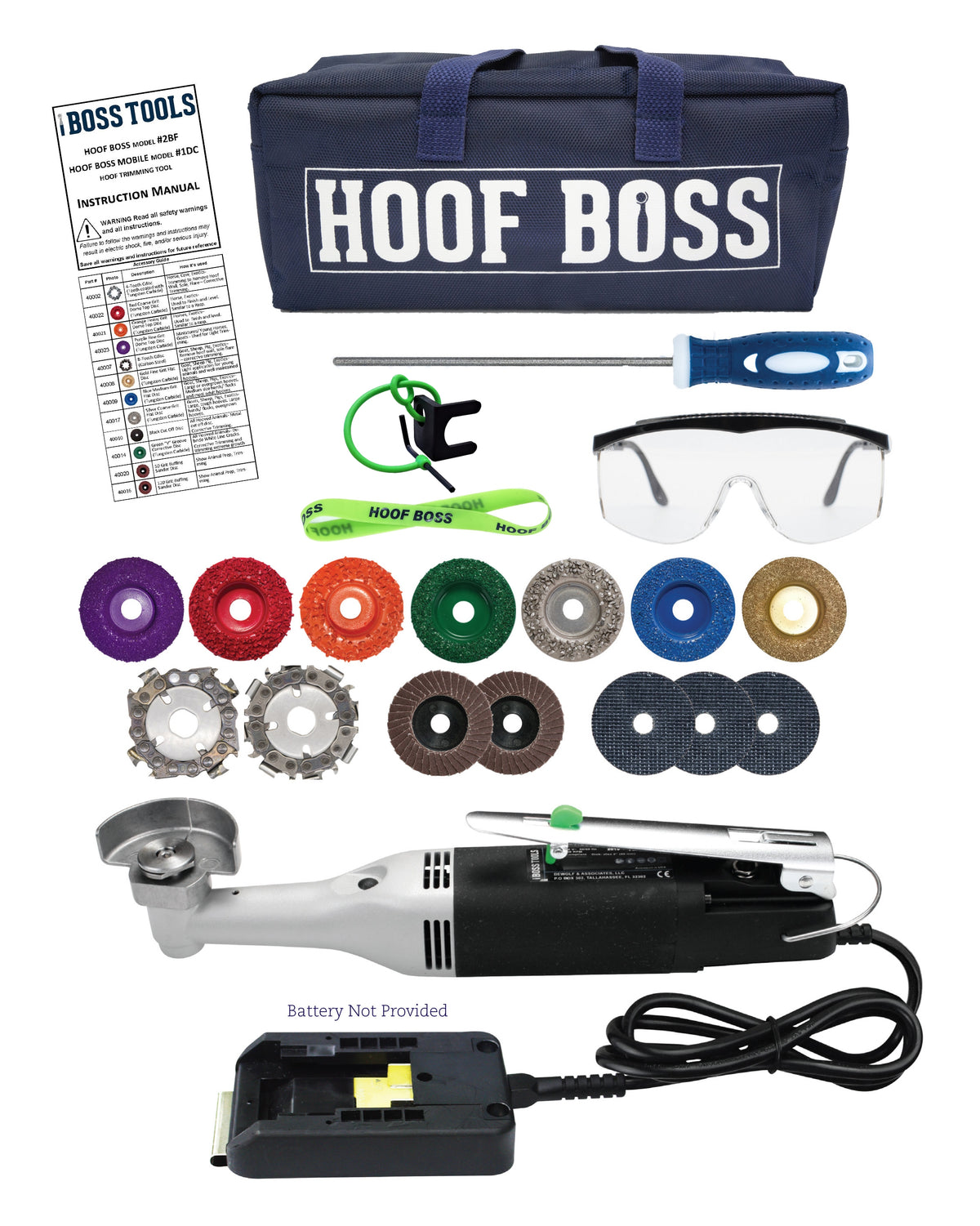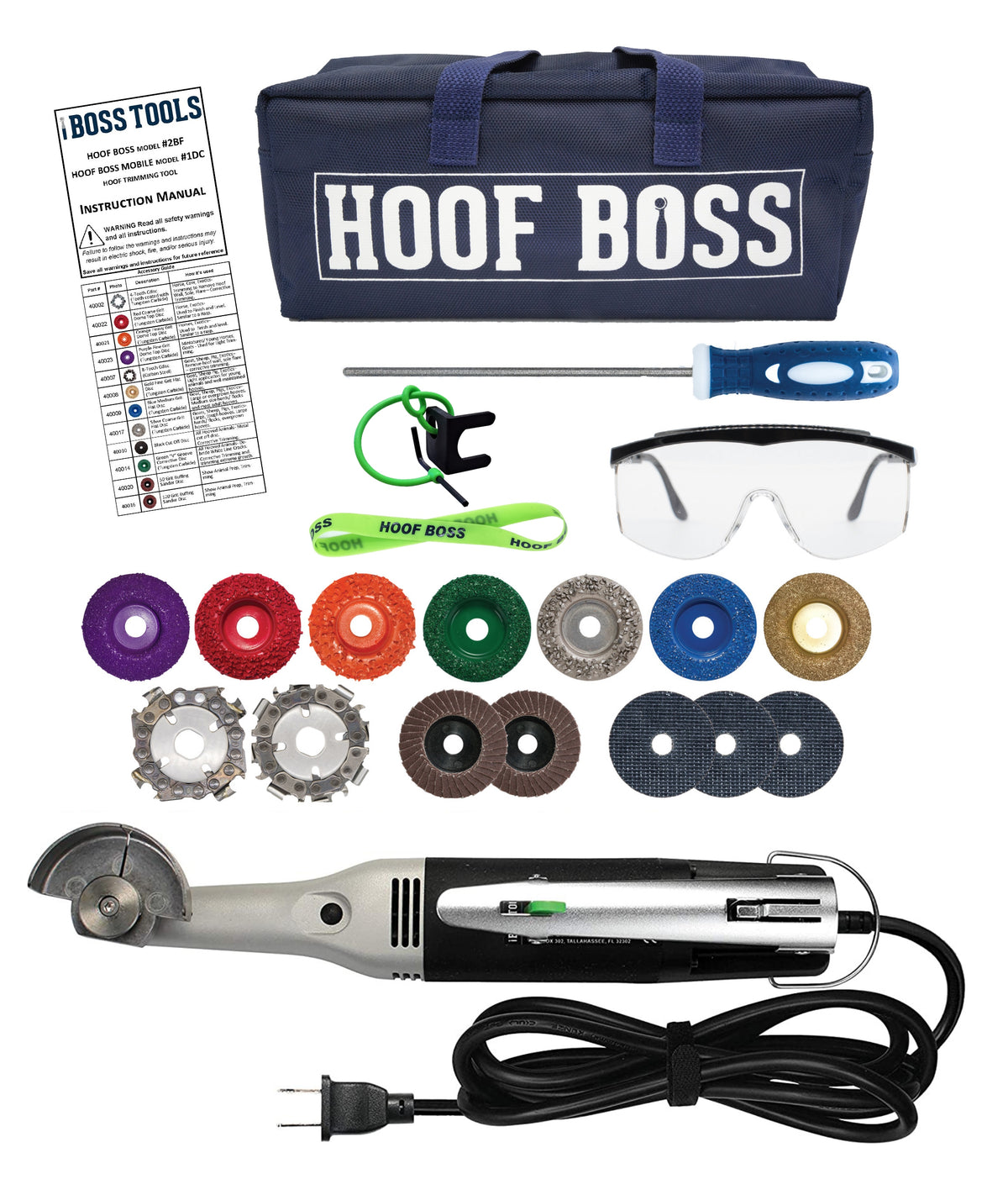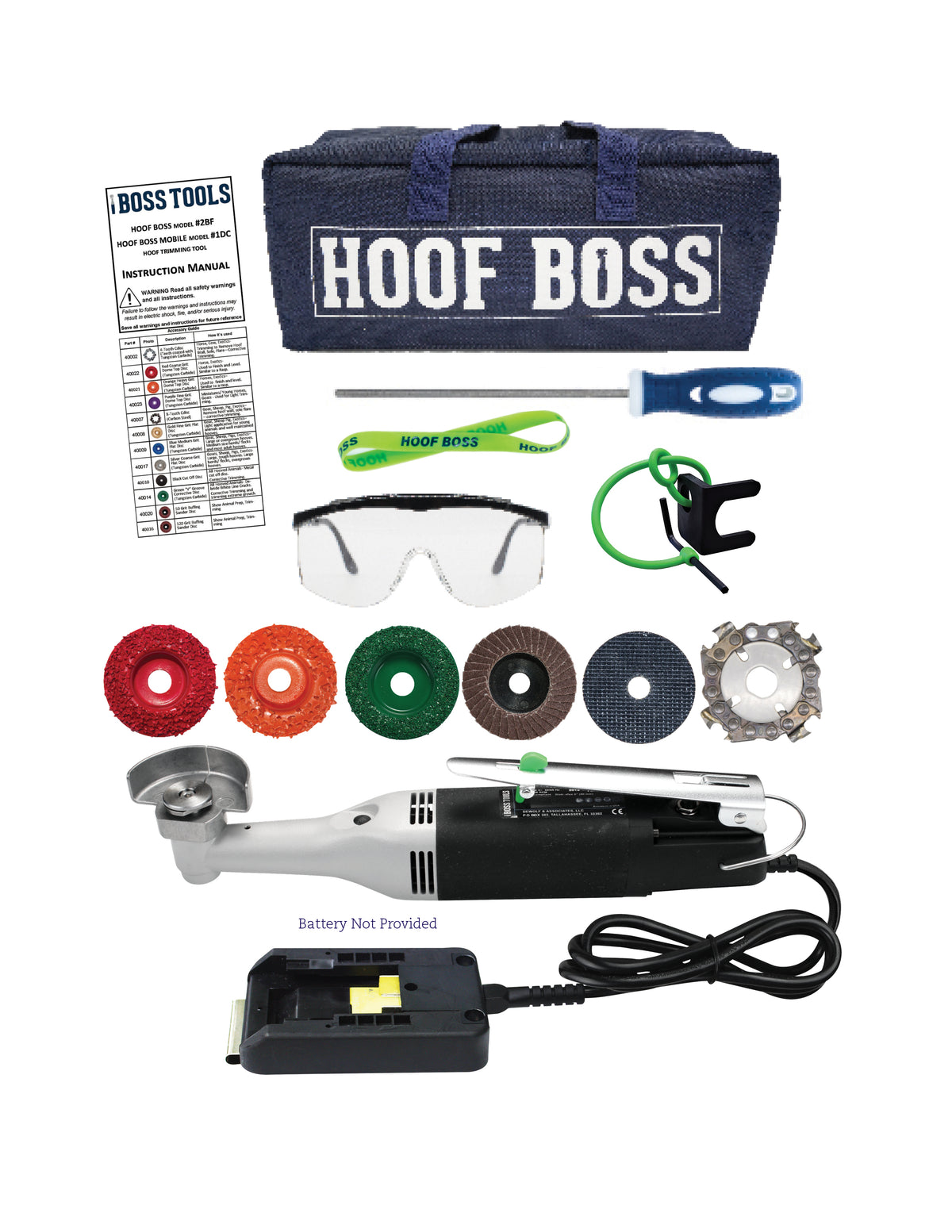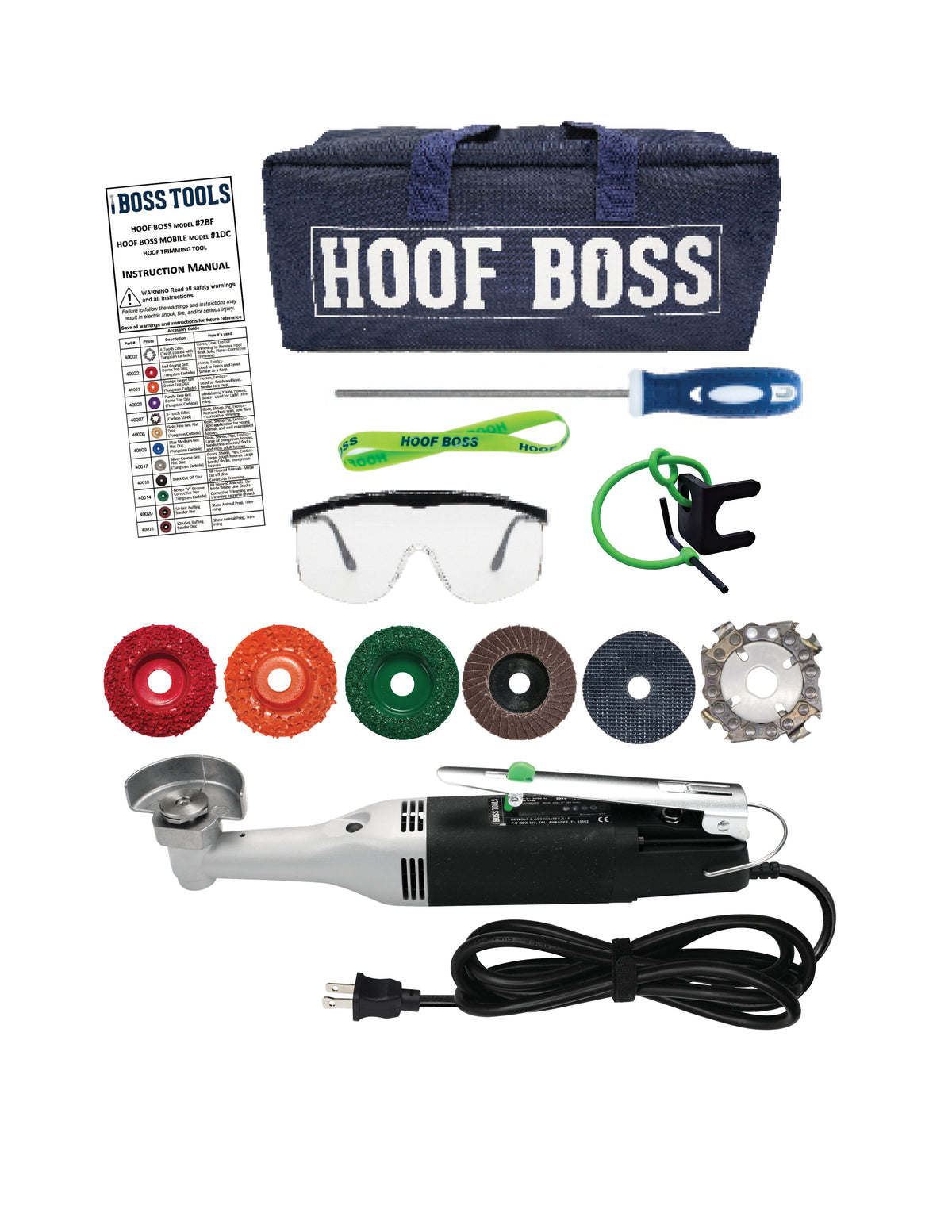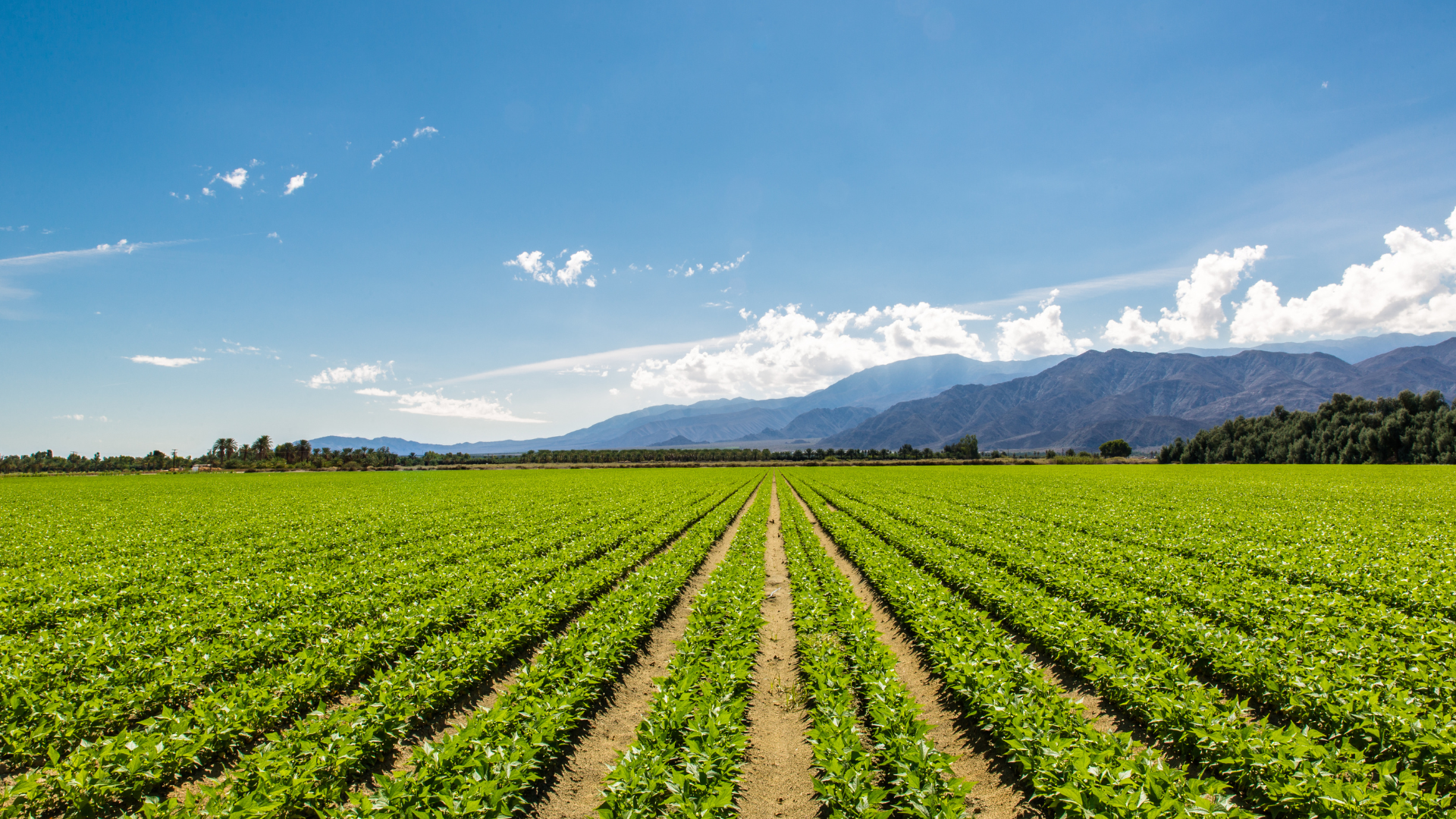Fortunately, most cases are treatable and lead to good outcomes. Here's what you need to know about hoof rot and how you can prevent it.
How Hoof Rot Affects an Animal's Performance
Hoof rot can be devastating to an animal's health and performance. Depending on what stage you catch the infection, you might notice sudden lameness, changes in appetite, or high fevers — all of which can cause your animal to stop performing.
Left untreated, an infection can cause the local tissue to die, which is why animals must receive antibiotic treatments from a veterinarian right away. Tissue death causes long-term damage that can permanently affect the performance of animals.
What Causes Hoof Rot?
Hoof rot is caused by bacteria in the environment, and you cannot entirely prevent your animal from being exposed to it. The bacteria that causes hoof rot can even be found on the hooves of healthy animals.
Hoof rot infections usually occur on the skin between an animal's hooves or claws, an area referred to as the interdigital space. Once this skin is damaged or frequently exposed to wet conditions, it opens the way for this harmful bacteria to take hold.
Infections can also be caused by nearby animals who have hoof rot. An infection leads to increased levels of harmful bacteria in the environment and increases the risk of others catching it too.
How to Prevent Hoof Rot
If the bacteria that causes hoof rot can be found nearly everywhere, what can you do to prevent it? Although you can't remove the risk of hoof rot altogether, you can still act to reduce the chances of infection.
1. Know the symptoms
Knowing the signs of hoof rot can help you catch it early and give your animal the best treatment outcome. Here are the symptoms you should watch for.
Hoof rot symptoms:
- Sudden lameness
- Swelling
- Bad odor
- Lesions
- Reduced appetite
2. Avoid wet conditions
Going from wet to dry environments can increase the risk of hoof rot because it can damage the interdigital skin. Avoid damp conditions like wet grass and mud to keep your animal's hooves clean and healthy.
3. Keep hooves trimmed
Properly trimmed hooves promote healthy movement and even wear, putting your animal less at risk of hoof rot. To prevent hoof rot, adjust your trimming schedule to the animal's growth rate. Remember that hoof growth rates can be affected by genetics, activity levels, diet, and the type of surface your animals walk on.
Protect your animal's performance with Hoof Boss
Hoof Boss gives you more control during a trim, so hooves can look and feel better. Keeping hooves trimmed reduces the risk of hoof rot, injury, lameness, and other conditions that can affect your animal's performance.
Of course, injuries happen, and it's best to be prepared when they do. Read: How to Insure Your Horse
